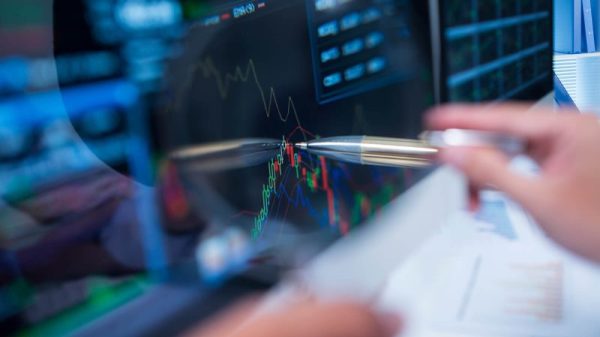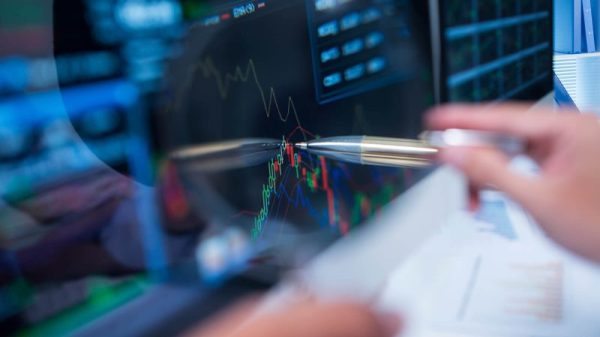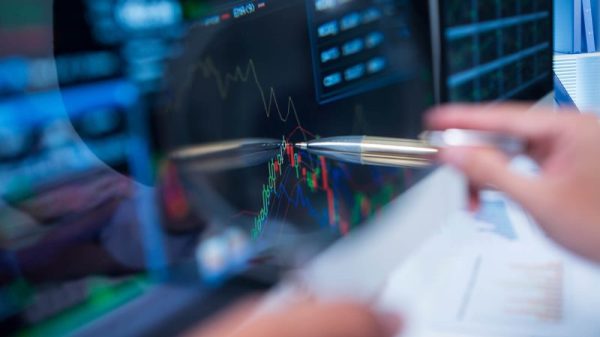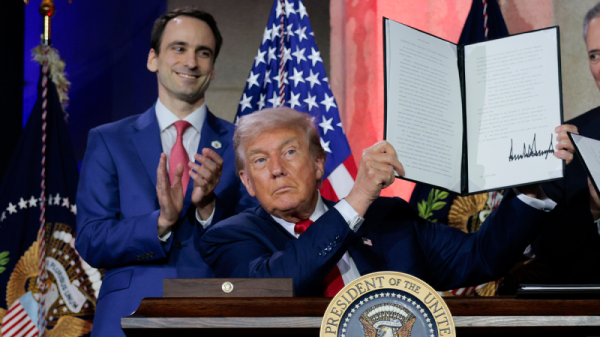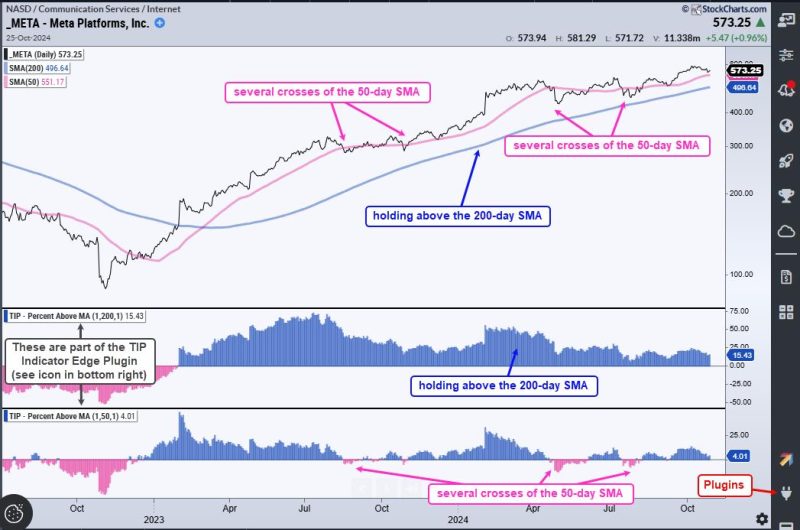Indicator 1: Trend Identification
To enhance your trading edge, one important indicator to pay attention to is trend identification. Being able to identify and follow trends in the market can greatly improve your chances of making profitable trades. Trends show the general direction in which a market is moving over a certain period of time, whether it be an uptrend, downtrend, or sideways trend.
There are various tools and techniques available to help traders identify trends. One common method is to use moving averages, which smooth out price data to identify the general direction of the market. For example, a trader may use a combination of short-term and long-term moving averages to determine the overall trend of an asset.
Additionally, trendlines can also be effective in identifying trends. By connecting a series of higher highs and higher lows in an uptrend (or lower highs and lower lows in a downtrend), traders can visually see the direction of the market and make more informed trading decisions.
Moreover, other technical indicators such as the Relative Strength Index (RSI) or Moving Average Convergence Divergence (MACD) can be used in conjunction with trend identification to confirm the strength of a trend and potential entry or exit points.
By mastering trend identification, traders can align their trades with the prevailing market direction, potentially increasing the probability of successful trades and improving their overall trading edge.
Indicator 2: Risk Management
Another key indicator for improving your edge in trading is effective risk management. No matter how skilled a trader may be at identifying trends or analyzing market data, without proper risk management, even the most successful strategy can result in significant losses.
One crucial aspect of risk management is determining an appropriate position size for each trade. By calculating the ideal position size based on factors like account size, risk tolerance, and stop-loss levels, traders can minimize potential losses and protect their capital.
Setting stop-loss orders is another essential risk management technique. Stop-loss orders automatically close a trade when a specified price level is reached, preventing further losses beyond a predetermined point. Using stop-loss orders helps traders control risk and avoid emotional decision-making during volatile market conditions.
Furthermore, diversification is key to effective risk management. By spreading trading capital across different assets or asset classes, traders can reduce the impact of a single trade or market event on their overall portfolio.
Lastly, continuously assessing and adjusting risk management strategies based on market conditions and trading performance is essential for long-term success in trading. By prioritizing risk management and protecting capital, traders can enhance their edge and achieve consistent profitability in the financial markets.
Incorporating both trend identification and risk management into your trading strategy can significantly improve your edge as a trader and increase your chances of success in the dynamic world of trading and investing.

